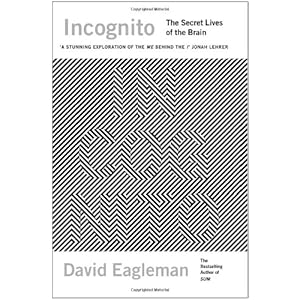 In Incognito, Baylor College of Medicine’s “rock star” neuroscientist David Eagleman argues for neuroscience to determine prison sentences, using the term:
In Incognito, Baylor College of Medicine’s “rock star” neuroscientist David Eagleman argues for neuroscience to determine prison sentences, using the term:
Not everyone with a brain tumour undertakes a mass shooting, and not all males commit crimes. Why not? As we will see in the next chapter, it is because genes and environment interact in unimaginably complex patterns. This irreducible complexity has consequences: when a brain is standing in front of the bench, the judge cannot care about the history of the brain. … All of these factors and hundreds of others interact, with the upshot that it would be a fruitless endeavor for the judge to try to disentangle them to determine blameworthiness. So the legal system has to become forward-looking, primarily because it can no longer hope to do otherwise. (P. 180)
But, sources say, this is not what ID theorists mean by irreducible complexity. They mean that all the parts of a mechanism are essential for the performance of a defined function.
The phrase Eagleman seems to want here is “incomprehensibly” complex. That is, the judge must make a decision without comprehending all of the prisoner’s mind and circumstances. But that circumstance entails no requirement that the prisoner’s mind be irreducibly complex. It may be so, but the situation described here is the judge’s, not the prisoner’s; the judge can’t comprehend it.
More on neurolaw here.
Follow UD News for breaking news on the design controversy.